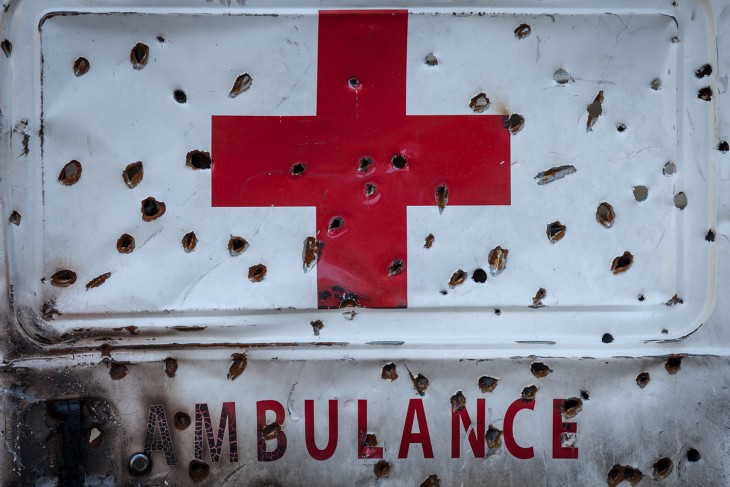
Sometimes they overlap, protecting the same rights to the same level. International humanitarian law and human rights may apply at the same time. It protects the rights and safety of civilians, prisoners of war, the wounded and sick combatants, relief personnel, people in occupied territories and other groups of people who are not actively participating in hostilities, but may be in conflict zones. Armed conflicts are covered by international humanitarian law, which among other things regulates what the obligations of the parties to the conflict are to protect the basic human rights of people who are not actively involved in the conflict. War does not mean that no rules apply, and that human rights become essentially unprotected. Just because a state is involved in an armed conflict or carries out military missions overseas, does not mean that there is an emergency in that state itself. The armed activities must usually take place in the territory of the state that makes the derogation. Whether the internal armed conflict is so serious that it threatens the life of the nation must be evaluated in every case. Internal conflict does not automatically justify derogation from human rights. An internal one is a conflict between government forces and one or more armed groups, or between the groups themselves within the same state. International armed conflict is with another state.

Note There are two types of armed conflict – international and internal.


Active armed conflict with another state has generally been recognized as one of the situations that “threatens the life of the nation.” It is explicitly mentioned in Article 15 of the European Convention on Human Rights as a type of emergency that can justify derogation from Convention rights.


 0 kommentar(er)
0 kommentar(er)
